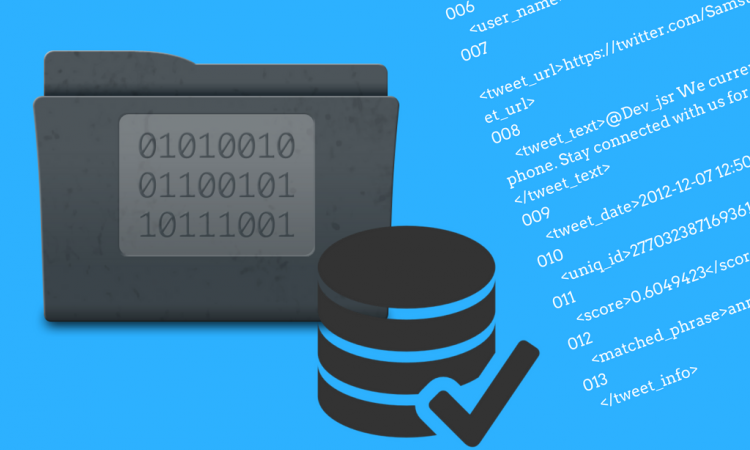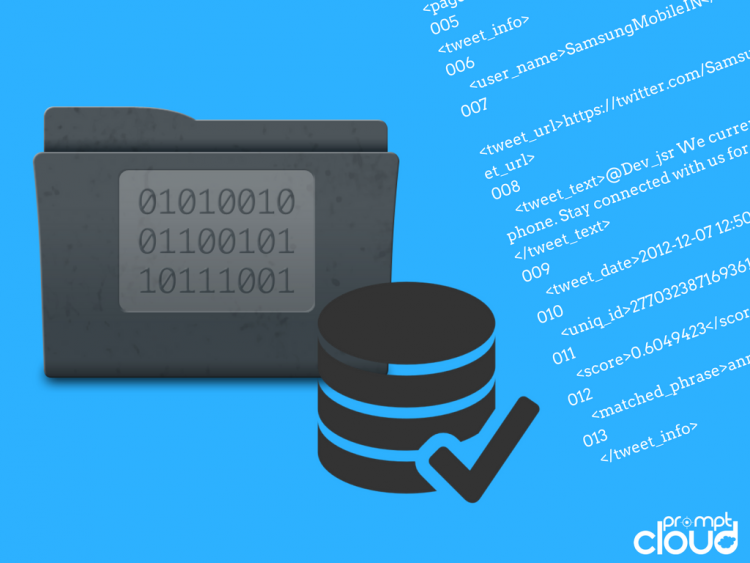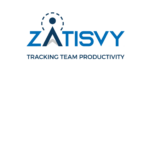
If you have been considering web data extraction to level up your business or been tinkering with some DIY web scraper tool to get a hang of scraping, the highly dynamic nature of web shouldn’t be news to you. Websites are quite dynamic and they keep getting updated on a constant basis. While these changes are subtle for the most part, they pose a serious challenge to anyone venturing into web data extraction as the structural changes on websites could render the crawlers useless.
As a fully managed web data extraction solution, we constantly deal with setting up of crawlers, data storage, deduplication, and all things web crawling.
However, we often see our clients, solely depending on sample data for evaluating the data extraction project as a whole. While the sample data provided does give a quick idea of how the data would look when it’s delivered, it doesn’t guarantee a seamless crawling in the initial stage which might come as a surprise to you. The crawler setup can only reach a stable state by eliminating the issues that are bound to show up in the beginning. Here is why you should take at least 3 months to evaluate a web crawling project to let it attain stability and to get a hang of applying the data in your business.
Sample data doesn’t show you the full picture
While we say sample data doesn’t guarantee seamless recurring extraction, it doesn’t mean the delivered data would be different. The important thing to remember here is that, extracting data from a webpage to make a sample data file is completely different from crawling that site with an automated web crawler setup. There are many website elements that come to play once we start with the automated crawling that will be missed in the sample data extraction. These issues can indeed be fixed, but only as it comes. This is why we stress on the 3 months lock-in period for any web scraping project that we embark upon.
Here are some issues with web crawling that can only be found and fixed once the automated crawling has begun.
1. Overcoming data interruption issues
It’s tough to predict how a website might behave when the crawling is automated as opposed to a one time extraction. There can be issues that could lead to data loss which may not show up in the sample data extraction. The causes can range from the configuration of the target site’s server to interference from popups, redirection and broken links. Such issues cannot be identified by doing a one-time crawl which is what a sample data is made from. Once the crawls start running on a regular basis, these unforeseen issues that surface are worked around to stabilize the crawler. Hence, minor interruptions in the data flow during the initial stage of automated crawls is normal and shouldn’t be cause for concern. We promptly fix these bottlenecks to ensure smooth crawling ahead.
2. Delivery speed optimization
The speed of a website depends on a lot of factors such as the DNS provider, server quality and traffic among other unforeseen factors. This speed can also vary a lot at different times of the day. Since site speed has a great impact on the time it takes to crawl a site, it takes a while to optimize the crawl time for each website so that delivery schedules are met. Since this aspect of the crawling is also not predictable in the beginning, it’s normal to have minor irregularities in the delivery time during the initial stage.
Web crawling can only be perfected over time
Given the dynamic and unpredictable nature of websites on the internet, it takes a while to reach a stable pace with any web crawling project. Unanticipated issues that are part of the trade usually kicks in only after a while and can only be fixed as it comes. This is why we urge our clients to stick around for at least 3 months before reaching a stable state where issues are fixed and the crawls run seamlessly.
Evaluation of the value delivered at your end
As with anything, it takes some time to evaluate the results that you’d derive from a web data extraction project. Reaching final conclusions about how the data might help you from evaluating just the sample data is not a good idea. Here are some things about the data that you can only figure out over time.
1. Is the scale manageable?
If you are new to big data, it can be intimidating to deal with large amounts of data. Although our solution is scalable and can accommodate large-scale requirements, you might find yourself in need for a big data infrastructure upgrade when the data starts coming in. Figuring out the optimal routes to utilizing the data is something you can only master with time.
2. Is manual labor needed?
We deliver the data in multiple formats and via different delivery methods including a REST API. This should ideally leave you with very little manual work to be done on the data. However, you might have some manual work to be taken care of depending on your specific requirement (including data consumption). If this is the case, you might want to hire technical labor or train your existing employees to handle the project.
3. Fine tuning the requirement
Web data extraction requirements often need some fine tuning as you get accustomed to the data sets and find scope for further utilization. Most people overlook certain fields, source websites and the crawl frequency in the beginning of the project. As time goes, some fields that were ignored might prove to be useful or you might want the data at a higher frequency. This again makes it clear that you should give time for the data extraction project before evaluating how it can help you.
Conclusion
Not every website is made alike and the issues that could pop up into the later stages of recurring crawls are hard to predict in the beginning. Out of all, the biggest and hardest challenge in data extraction is the maintenance of the crawlers which needs constant monitoring and smart workarounds from time to time. As you start your web data extraction journey, it’s important to be aware of these challenges that are part of web crawling and give it adequate time to work for you.


















































